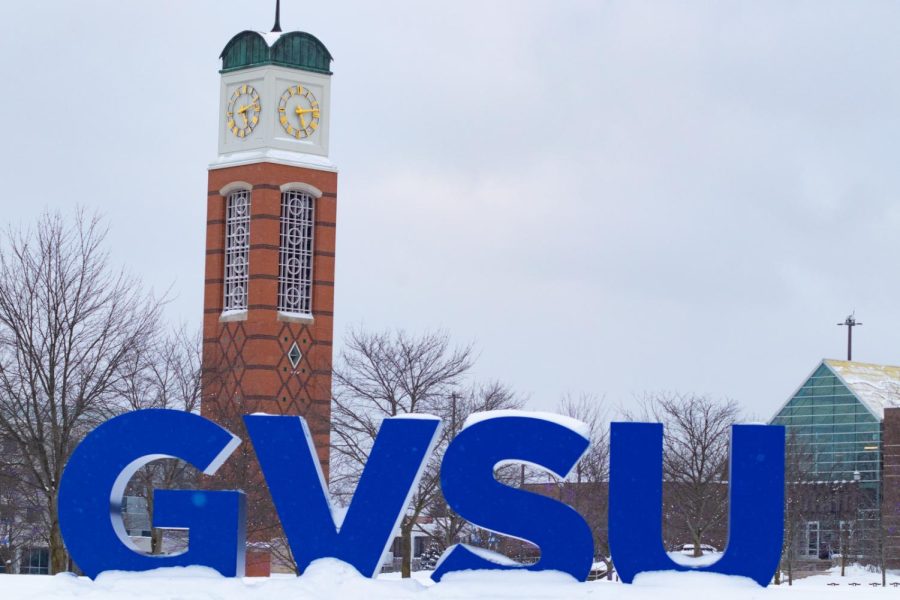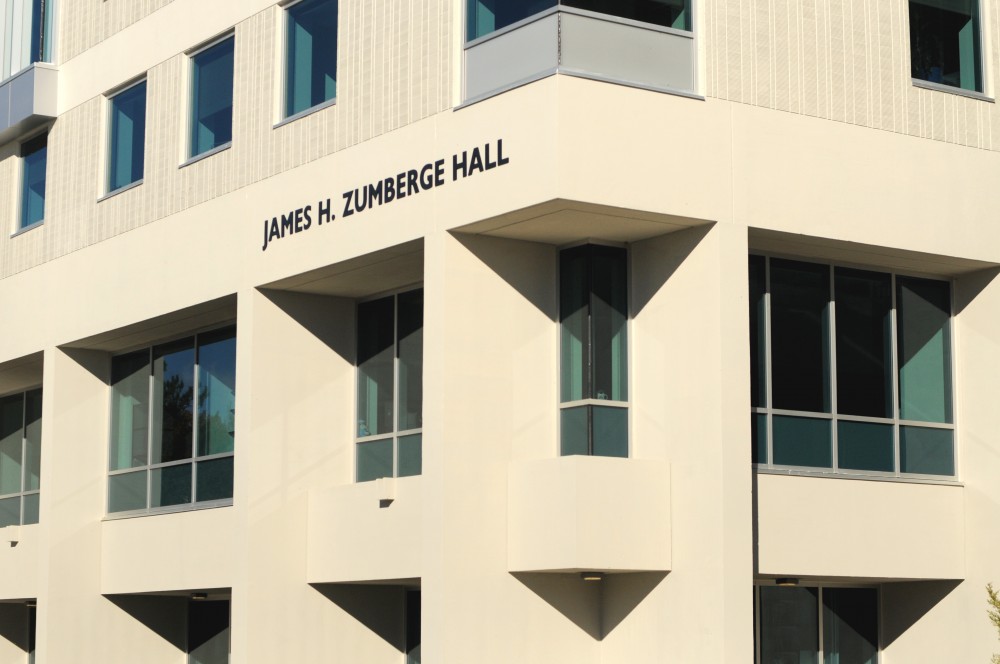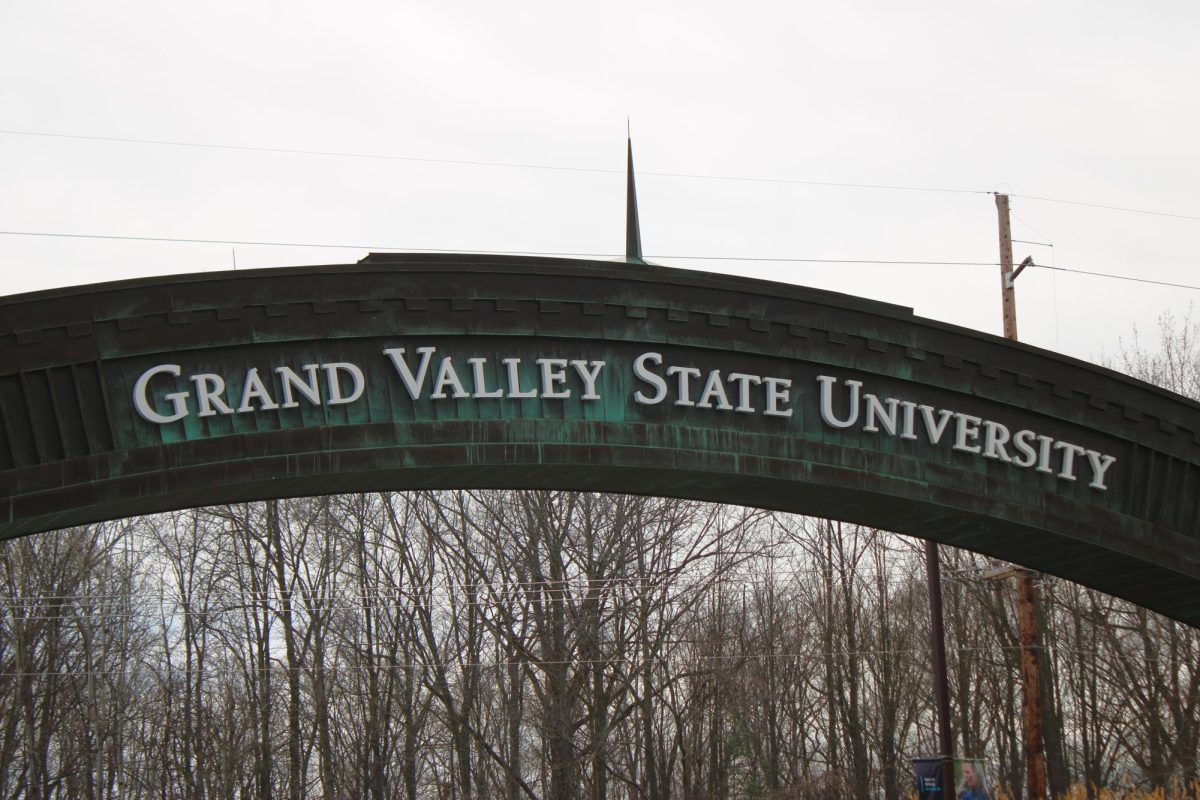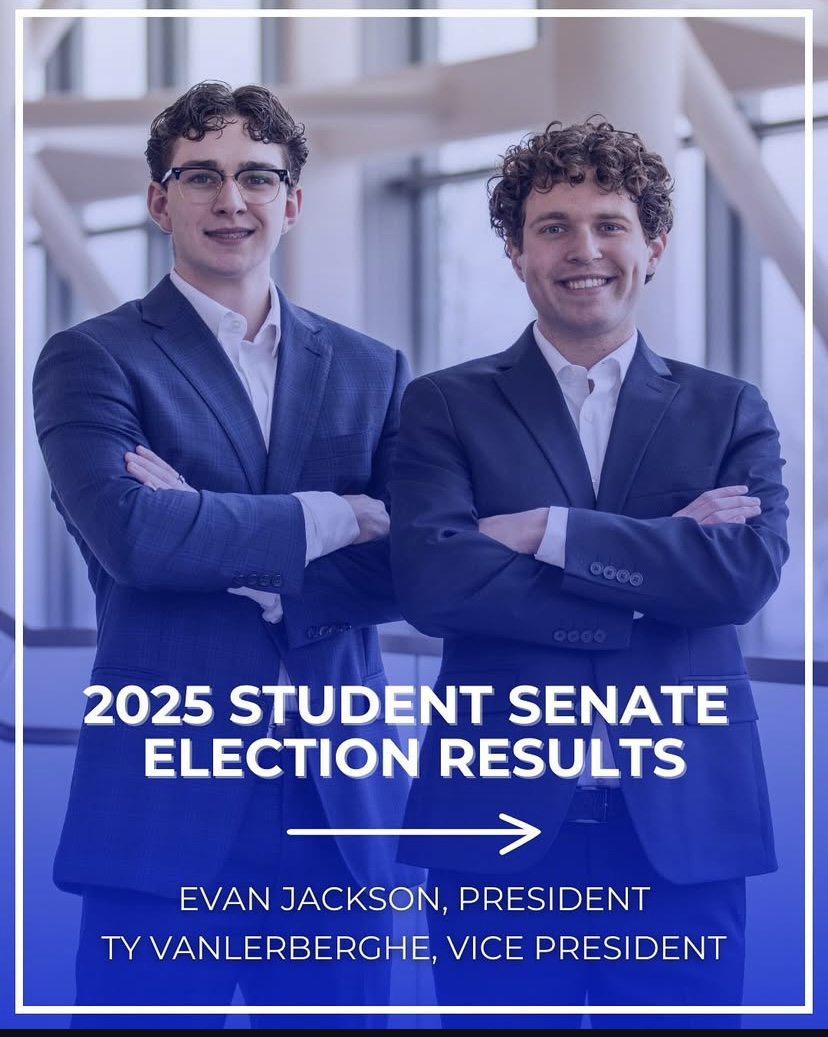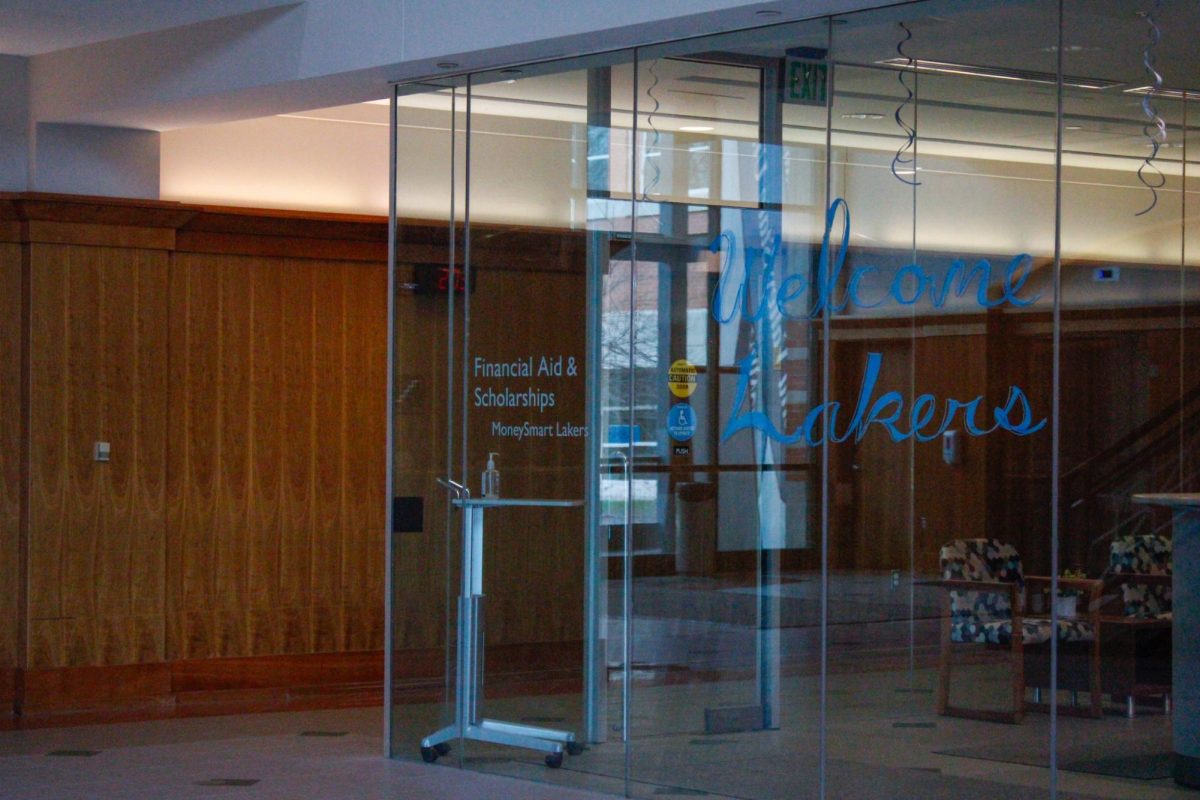The Grand Valley State University Academic Senate (UAS) convened on Friday, Feb. 2 to discuss and review matters relating to the university budget, adult education programs, admissions and faculty course approval.
The meeting focused on expanding university admission standards, such as a higher acceptance rate, which was met with considerable dissent from senate UAS representatives that are concerned with the quality of education that students are receiving prior to GVSU. The university has made it their mission to diversify and expand the student population in recent years, inadvertently contributing to a student body that some representatives feel is underprepared for college.
Provost Fatma Mili, Ph.D., Executive Vice President of Academic Affairs at GVSU, began the meeting with a presentation on the university’s general fund expenditure budget for the 2023-24 school year. Operating with a budget of just over $370 million, with nearly 60% of that going toward university academic affairs, Mili said there is currently “little flexibility” within the available budget for expenses that don’t directly benefit the needs of GVSU students and faculty.
Mili made clear in her presentation that the allotted budget for each college at GVSU depends on the relative size of that unit. Mili said this can be seen in the roughly $90 million budget for the College of Liberal Arts and Sciences, representing over 41% of the university’s total academic affairs budget.
“The majority of our budget is bound in positions that we are committed to,” Mili said during her presentation. “It is our responsibility to do whatever we can to make them (students and faculty) succeed.”
Mili’s presentation also touched on GVSU’s increasing enrollment figures that are imposing additional challenges for faculty. Nearly 5,000 new students were admitted for the 2023 fall semester–a 3% increase compared to the number from last fall and a 25% increase compared to last year’s incoming class. Several UAS representatives said they felt stretched too thin as a result of the influx of students. Furthermore, UAS representatives said a lack of qualified instructors is exacerbating the issue. Representatives also cited the uncertain promise of faculty tenureship as being an additional worry.
Additionally, a significant number of UAS members expressed concerns about the university’s declining admission standards that are creating an underprepared student population. With less emphasis put on high school GPA during the admission process, more students are now attending GVSU that are not ready for the demands of a postsecondary education. Some even argued that the university’s decision to admit underqualified applicants qualifies as “predatory behavior.” Coupled with the fact that 78% of the university’s funding comes from student tuition and housing, according to data from Mili’s presentation, many representatives feel the university is taking advantage of the incoming students that are ultimately providing the majority of funding.
“In 2022, less than five percent of students with below a 3.0 GPA were admitted,” said Adrian Copeland, Assistant Professor of Legal Studies at GVSU. “Today, that number is over 20%.”
Copeland’s comments align with the opinions of other UAS representatives, including Chris Pearl, Ph.D., Associate Professor and Graduate Program Director for GVSU’s Biomedical Sciences Department. Pearl questions whether GVSU’s mission to diversify the student population is hindering their ability to adequately serve individuals coming in with varying levels of prior education.
“I don’t think anyone is questioning the mission and value of equity, access and inclusion,” Pearl said. “Are we increasing our diversity at the expense of students who are not prepared to succeed, and thus doing more harm to the very individuals we are trying to help?”
Others, however, recognize the commitment from the university’s Strategic Enrollment Management Plan task force to increase diversity through expanded enrollment. They believe that the decline in student retention rates at GVSU is negligible and likely to correct itself versus others who believe retention issues are a product of increased enrollment with lower admission standards.
Kara Van Dam, Ph.D., Vice Provost of GVSU’s Office of Graduate and Lifetime Learning, noted that a college degree remains the most direct path toward escaping poverty. In her presentation on potential efforts to expand adult education at GVSU, Van Dam included data revealing that half of Michigan’s adult population (2.5 million people) lacks a postsecondary education. Van Dam points to the education desert that exists in Michigan as playing a significant role in the previous figure, with just 12 out of 83 counties in the state accommodating a four-year public university. Similarly, 50 of those 83 counties lack an in-district community college.
Without proper resolutions to the issues raised during the meeting, the UAS and the Executive Committee of the Senate (ECS) agreed to hold a joint meeting on Friday, Feb. 9. The meeting will further examine the topic of minimum GPA requirements for admissions, and will cover remaining agenda items.




